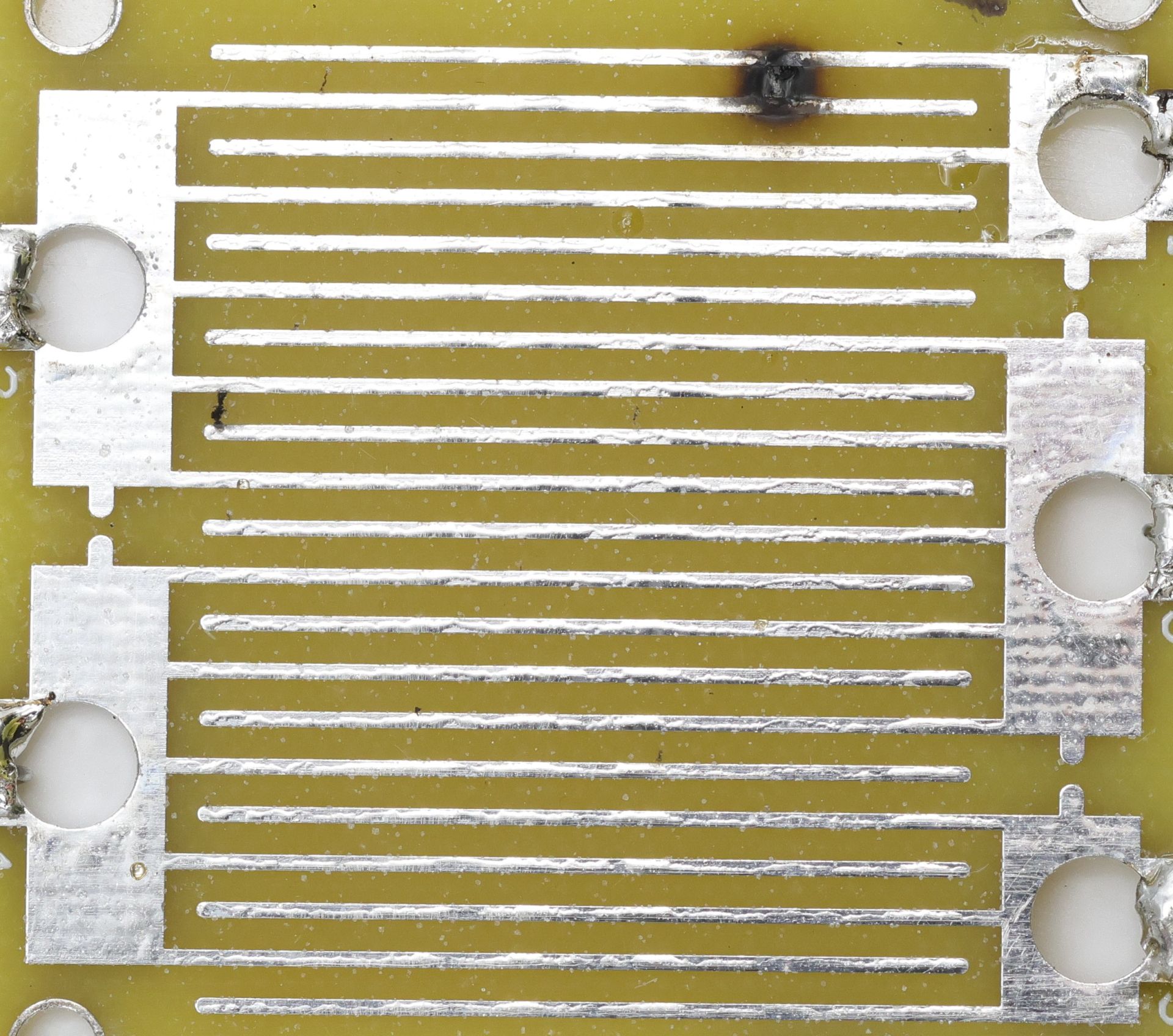Managing Electrical Tracking
Testing has made it clear that wet and polluted surfaces are the most vulnerable to damage from tracking when a high voltage is applied. While we remain without a clear indication of the level of pollution that is present on components used within the aerospace environment, we know there is a need to develop techniques that can be used to accept components as safe for use.
The scope described below is based on delivering a large number of tests on a range of components supplied by customers with the aim identifying best practice in respect of managing the risk of tracking and using existing 115V AC products to define an acceptable level of pollution.

Proposed Project Scope
aHV have developed a test technique that they believe is suitable for delivering wet tracking tests. This equipment would be used to support the following themes of work:
- Using 115V Equipment To Infer Acceptable Pollution Levels: While efforts continue to measure the levels of pollution seen in aerospace systems, we know that 115V components have usually performed well in service. As such, it is proposed that suppliers provide these components into a test programme. The components will be tested with steadily increasing levels of pollution until failures take place. Intended Outcome: A value of pollution that causes failure in 115V AC components will be identified. This same pollution value can then be used as a benchmark for tests on higher voltage components.
- Design Strategies To Minimise The Risk Of Tracking: Some components must be used in an environment that will become polluted and wet. Increasing the creepage distance is one obvious solution but better options may include the use of surface profiling / changing the nature of the surface. This phase of the project will see a range of simple geometries be tested to compare the relative success in avoiding tracking damage. Intended Outcome: An improved understanding of the comparative success of the different methods that can be used to reduce the level of tracking risk.
- Agreement Of A Test Technique To Propose To Standards Committees: By carrying out a large volume fo tests within this campaign, it is hoped that an agreed test technique can be shown to be robust and deliver repeatable results. In doing so, the test technique, with associated pollution levels, can then be proposed to the standards committees for adoption (vboth SAE and ASD). The companies taking part in this work will therefore have early experience in the use of this test technique. Intended Outcome: An improved understanding of the comparative success of the different methods that can be used to reduce the level of tracking risk
Timings
Our target timings for this project are as follows:
- Agreement of project scope - March
- Finalisation of project scope and costings - May
- Project kick-off - June
Expressions Of Interest
If you would like to receive more details of this project, please contact h.jahangiri@aerospacehv.com
Contact
-
aerospaceHV Ltd
Manchester Science Park, Unit 3, Rutherford House, 40 Pencroft Way, Manchester M15 6SZ -
info@aerospacehv.com
-
+44 7410580864

